Masters of the Air review: Tom Hanks and Steven Spielberg’s Band of Brothers follow-up is an epic achievement for Apple
Share this post
After conquering the land (Band of Brothers) and the seas (The Pacific), Steven Spielberg, Tom Hanks and Gary Goetzman aim for the skies in Masters of the Air, the new nine-episode miniseries that follows a unit of the US Air Force during World War II. Spanning two years and featuring dozens of characters, it’s one of the most lavish productions — it was made on a reported budget of $250 million — in the history of television, streaming or otherwise.
The first few episodes can, however, be a bit overwhelming. Several characters are introduced by name, and subsequently sheathed behind masks and caps. But after a few hours, you begin to get your bearings. Not unlike an airman gazing out into the horizon and spotting a mountain or a river, you begin to identify soldiers from their accent, or the colour of their hair. And before long, a handful of lead characters emerge from the crowd. The Oscar nominee Austin Butler stars as Major Gale Cleven, and Callum Turner, for whom this could be exactly the sort of star-making project as Elvis was for Butler, plays Major John Egan. Together, they’re Buck and Bucky, the two parallel protagonists of this sprawling story.
Their friendship is in many ways the heart of Masters of the Air, a show that features at least half-a-dozen extended sequences of harrowing aerial warfare. Entirely computer-generated, these sequences require no investment in individual characters; they’re gripping, instead, on a visceral level. It doesn’t matter if certain soldiers have families back home or girlfriends to write to, even though many of them do. You don’t want them to die. Masters of the Air is, after all, the kind of show in which you know a man is doomed the second he says something like, “I’ll see you on the other side,” to one of his buddies before a mission. He may as well have signed his own death warrant.
Writing tropes aside, the show’s combat sequences might remind viewers of the naval warfare in Master and Commander: The Far Side of the World, the 2003 Russell Crowe-starrer that regained popularity during the pandemic because masses of millennial men found in its stoicism something to relate to. Hanks, a lifelong World War II obsessive, attempted his own Master and Commander a couple of years ago, with the fellow Apple title Greyhound — a wonderful film. Masters of the Air offers similar thrills, with action sequences that avoid chaotic cutting and instead rely on a rather graceful style that values clearly defined objectives with an emphasis on danger.
Among the many details that the show makes it a point to highlight is how vulnerable a lot these B-17 Flying Fortresses were. After every mission, the few planes lucky enough to make it back would be in terrible shape, ripped to shreds by enemy flak. It was the job of one man — a boy, actually — to nurse them back to life. This is the show’s attempt to humanise these machines, which continued serving until two decades after the war.
Airmen who complete 25 missions, on the other hand, were sent home for meeting their quotas. But barely any of them in the show are able to meet it. Every mission results in the loss of hundreds of lives, and the sight of commanding officers perched on a tower, counting the number of returning B-17s, becomes a recurring motif. The air is filled with dread followed by despair, as the entire unit realises that nearly half the men who took off will not be returning to base. Many of them are shot down over German airspace, but a worse fate awaits those who aren’t immediately engulfed in flames. They eject and parachute onto enemy territory, sitting ducks in a landscape teeming with armed enemy soldiers.
In its far more accomplished — at least on a dramatic level — second half, the show spends more time on the ground than in the air. The central group is separated, with Bucky and Buck on their own, and two others — the veteran Rosie and the navigator Crosby — back at the base, suppressing their trauma and going about their job. History buffs would recognise important events, but either because the budget ran out or — and this is the more charitable explanation — the show’s devotion to a character-first approach, a lot of it happens off screen. We do, however, get a cameo by the famed Tuskegee Airmen, a unit made up entirely of African American pilots.
As with the rest of the show, however, they come across as more of a collective than individuals in their own right. It’s a tactic that worked handsomely for Christopher Nolan’s Dunkirk, and perhaps also Zack Snyder’s 300. Masters of the Air doesn’t quite get away with it initially, but despite the turbulent takeoff, it soars.


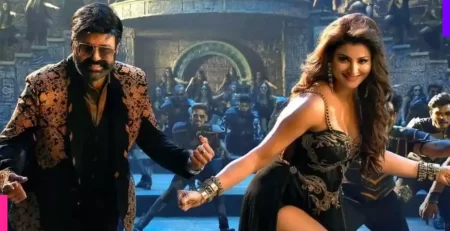


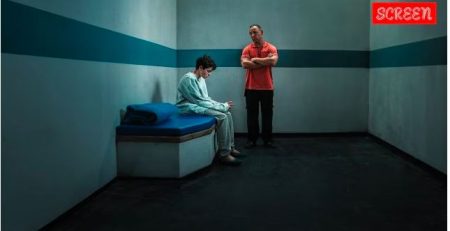

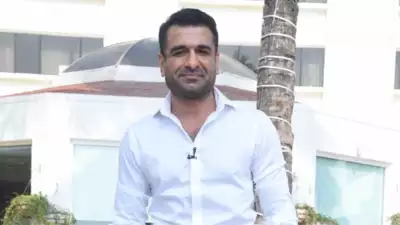
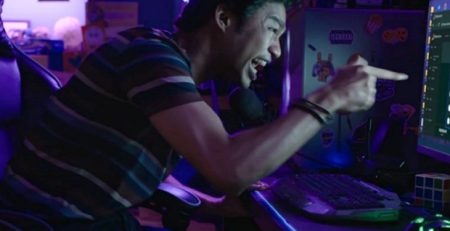


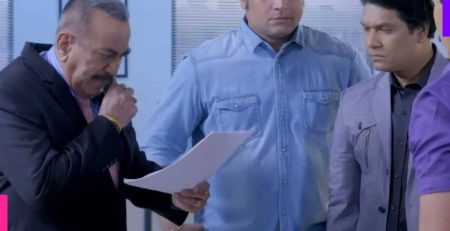
Leave a Reply